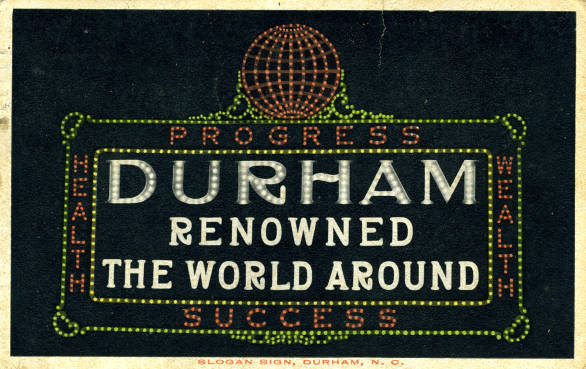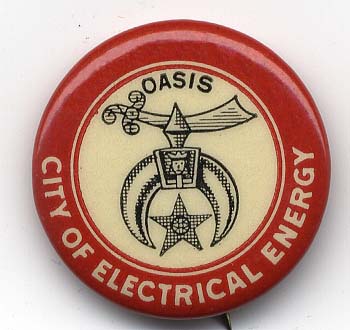The present-day Fontana Village is a resort community in Graham County, but prior to that the town of Fontana went through several iterations; in fact, there have been no less than five reincarnations of Fontana, as explained in Lucile Kirby Boyden’s 1964 book, The Village of Five Lives.
The first Fontana Village was actually located in Swain County. Founded in 1902 as a lumber company’s tent-town, the village quickly developed. By 1907, the company was able to establish a more permanent community, with amenities such as a school, a church, office space, a hotel, and a clubhouse. The most important new feature of the village in 1907 was the railroad, which increased the industry of the lumber company and connected the town to the rest of the state and the country at large by bring mail in and out of the town.
As a side note, the Great Smoky Mountains National Park was partially opened in 1930 and formally dedicated in 1940. The third iteration occurred around 1930, when Fontana Village switched from a lumber town to a copper mining town because the recognition of the area as a national park made lumbering nearly impossible.
Shortly thereafter the national park was formally declared, the Tennessee Valley Authority began a project in 1941 to build a dam, and the third Fontana Village would be intentionally flooded in order to complete the project. A community with the same name was built near the Welch Cove in Graham County in order to house the construction workers and other employees involved with the TVA’s project.
After the construction project was completed in 1945, the village was leased to a company called Government Services Incorporated which took on the responsibility of running land owned by the government. The company refurbished the cottages and cabins that were originally used by construction workers and turned the town into a year-round resort community. Vacationers to Fontana Village could customize their visit by choosing from various different amenities. Guests could camp or stay in cottages of different sizes with different set-ups depending on whether or not they wanted to cook for themselves or purchase a meal plan to eat at the Village’s cafeteria. In addition, guests could choose how to spend their recreation time with options for both indoor and outdoor activities, including hiking, horseback riding, canoeing, square dancing, miniature golf, etc. Some activities had nominal fees associated with them for rental equipment or lessons.
I find the transition from a planned company town into a resort community the most fascinating change out of Fontana’s many reincarnations. Certainly developers had to add several specialized amenities in order to make the community tourist-friendly, but it is amazing to me that the concept of small, decentralized housing units for a transitory population works equally well for construction workers and vacationers alike.
Below are some real photo postcards of the Fontana Village resort, dating back to ca. 1940-1960. Click on the postcard to see more information about the image, or click here to see other digitized postcards about Fontana Village. We also have several advertisements, newsletters, and price lists from Fontana Village in our County Ephemera Collection (VC971.38 A1 Box 1).

View of the administration building at Fontana Village.

View from the road of cottages at Fontana Village.

View of the miniature golf course.











 Ernie Barnes died on April 27 in California. Born on July 15, 1938, in Durham, North Carolina, Barnes played football at North Carolina Central University and then for several years in the pros. He is most famous, however, for his work as an artist. If you remember the ABC television series “Good Times” (which ran from 1974 to 1979), then you probably remember one of his more famous paintings, “Sugar Shack.”
Ernie Barnes died on April 27 in California. Born on July 15, 1938, in Durham, North Carolina, Barnes played football at North Carolina Central University and then for several years in the pros. He is most famous, however, for his work as an artist. If you remember the ABC television series “Good Times” (which ran from 1974 to 1979), then you probably remember one of his more famous paintings, “Sugar Shack.”